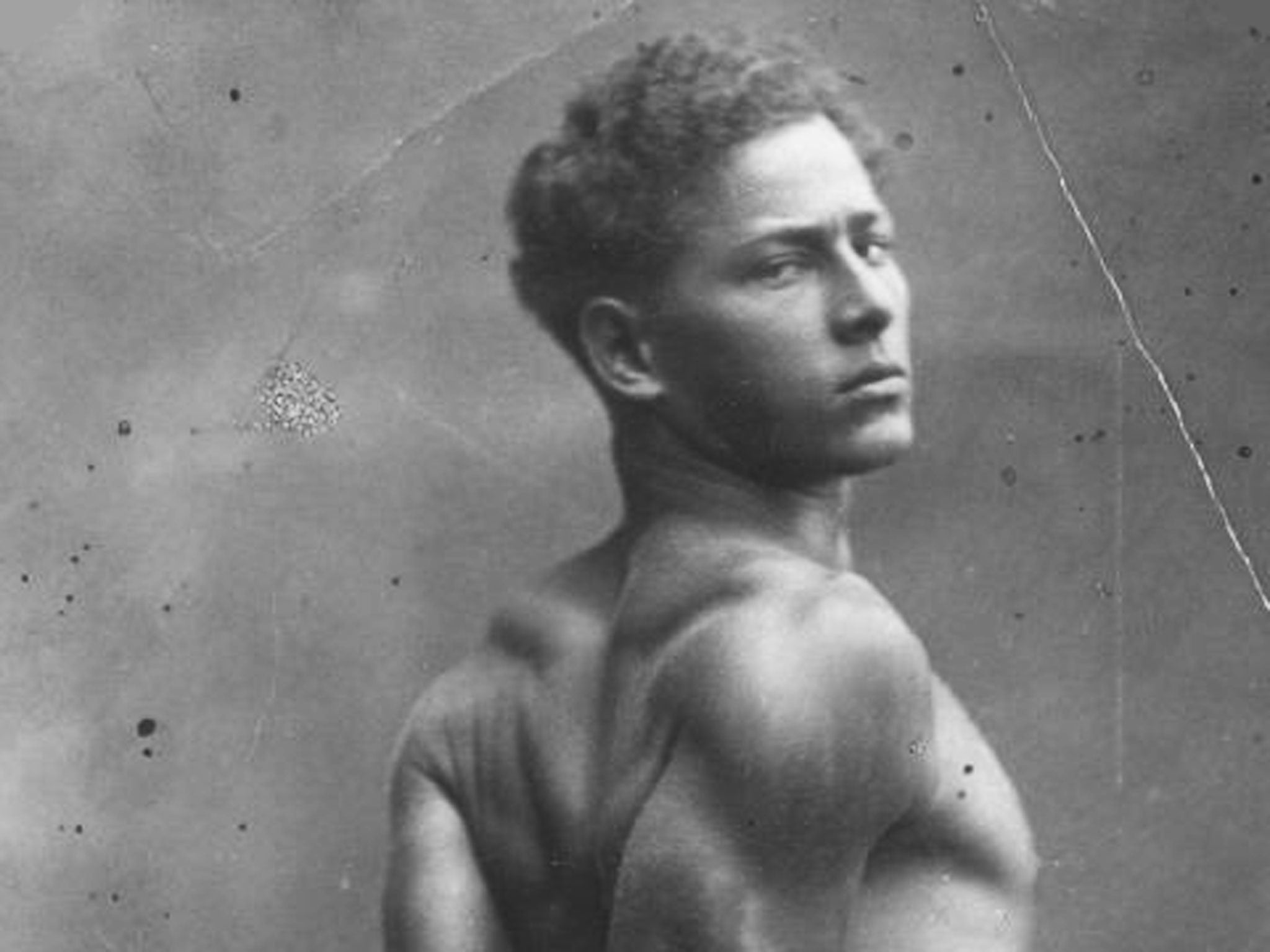Like a Bomb Going Off: Leonid Yakobson and Ballet as Resistance in Soviet Russia by Janice Ross, book review
Leonid Yakobson defied Stalin with his choreography – to the delight of audiences

After defecting from the Soviet Union, the ballerina Natalia Makarova looked back on her work with Leonid Yakobson as a turning point in her career. His experimental choreography helped her to "get free of constraints" and open up as an artist.
In Soviet Russia, daring and controversy were dangerous, with choreographers among the artists who were sidelined and silenced. Yakobson was unique in the way he managed to keep going, fighting to get his risky works on stage.
That fight is the subject of Janice Ross's Like a Bomb Going Off. Though it's roughly chronological, her book is a study rather than a biography, with the focus always on choreography and politics. It's an approach that works best with Yakobson's post-war work, where her research uncovers the bitter battle between artistry and labyrinthine state control. Earlier on, a stronger narrative of Yakobson's life, and fewer academic buzzwords, would have given the book more grounding. Yakobson was born in 1904. At 14, he was evacuated from post-revolutionary Petrograd to a children's colony, which collapsed in the civil war. Ross pieces together the extraordinary aftermath: the surviving children were found and supported by the American Red Cross, which eventually brought them home via America. With Russia in chaos, it was easier to travel round the world than to cross the country.
Back home, Yakobson started his dance training very late, which made him more suited to character roles than virtuoso leads. His own dances would explore character, often with elements of the grotesque and extreme. The 1920s, when he started his career, was a period of often radical experiment, which ended brutally in the 1930s, with Joseph Stalin in power. Ross underplays this contrast, stressing the repression of the USSR from the start.
She spends as much time on theoretical frameworks for understanding Yakobson as she does on the immediate historical context: some knowledge of the revolution is assumed. Ross is much subtler in the post-war period, when she explores how changes in the political climate could create moments of opportunity for artists.
Where writers and composers could work in secret, choreographers need public performance to create. Each shift – a rise in anti-Semitism, a moment of thaw – changed what was possible for Yakobson. At the same time, Ross shows, he became skilled at burying different meanings within his dances, hints that could be read underneath the Soviet-friendly surface.
She's particularly good on Yakobson's Jewish heritage, unpacking the way he fleetingly evokes Jewish imagery and performance traditions in his steps and style. Her own writing opens up, too, as she follows the drama of the state's cat-and-mouse games. Even now, some of Yakobson's supporters choose to speak anonymously, still nervous of repercussions for past activism.
Many of Yakobson's ballets were lost. He's little known in the West, where touring performances of his ballets were poorly received. Ross is a passionate advocate, ardently evoking his surviving ballets and why his work, and his courage, meant so much to Soviet audiences.
Subscribe to Independent Premium to bookmark this article
Want to bookmark your favourite articles and stories to read or reference later? Start your Independent Premium subscription today.

Join our commenting forum
Join thought-provoking conversations, follow other Independent readers and see their replies